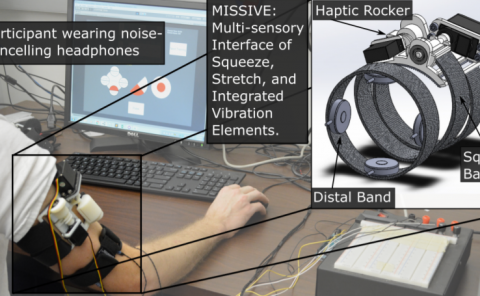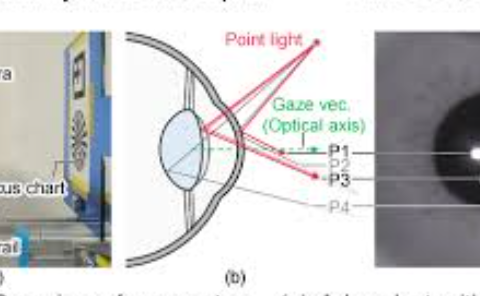Feedback control of stable force output with evoked sEMG based on virtual hand prosthesis
PubDate: January 2019
Teams: Chongqing University
Writers: Yun Zhao; Xiao Y. Wu; Xu D. Wu; Wen Qu; Man Q. Wang; Lin Chen; Ning Hu; Wen S. Hou
PDF: Feedback control of stable force output with evoked sEMG based on virtual hand prosthesis

Abstract
The sustainedly stable control can improve the performance and user interaction to the control of the myoelectric hand prosthesis, and the common task is to generate force output for hand prosthesis. However, muscle fatigue and attention distraction usually weaken surface electromyography (sEMG) signals and reduce the stable force output. Thus, this paper proposed a new method to produce stable force based on sEMG signal evoked by neuromuscular electrical stimulation (NMES) on the ulnar nerve. To assess the feasibility of this feedback control method, we explored the impact of attention distraction on sEMG intensity of flexor muscle during stable grip. The results showed that the sEMG intensity was declined with attention distraction, and electrical stimulation on ulnar nerve can evoke the expected sEMG signals in forearm muscle. In order to further verify the stability of the present method for stable force output, the virtual hand prosthesis system with feedback control of evoked sEMG signals was implemented based on virtual reality toolbox for MATLAB. Then the offline EMG was collected to control the force intensity for a virtual hand prosthesis. The results demonstrated that the feedback control method could generate stable force output, and be used to further research for biomimetic control of electromyography hand prosthesis.


